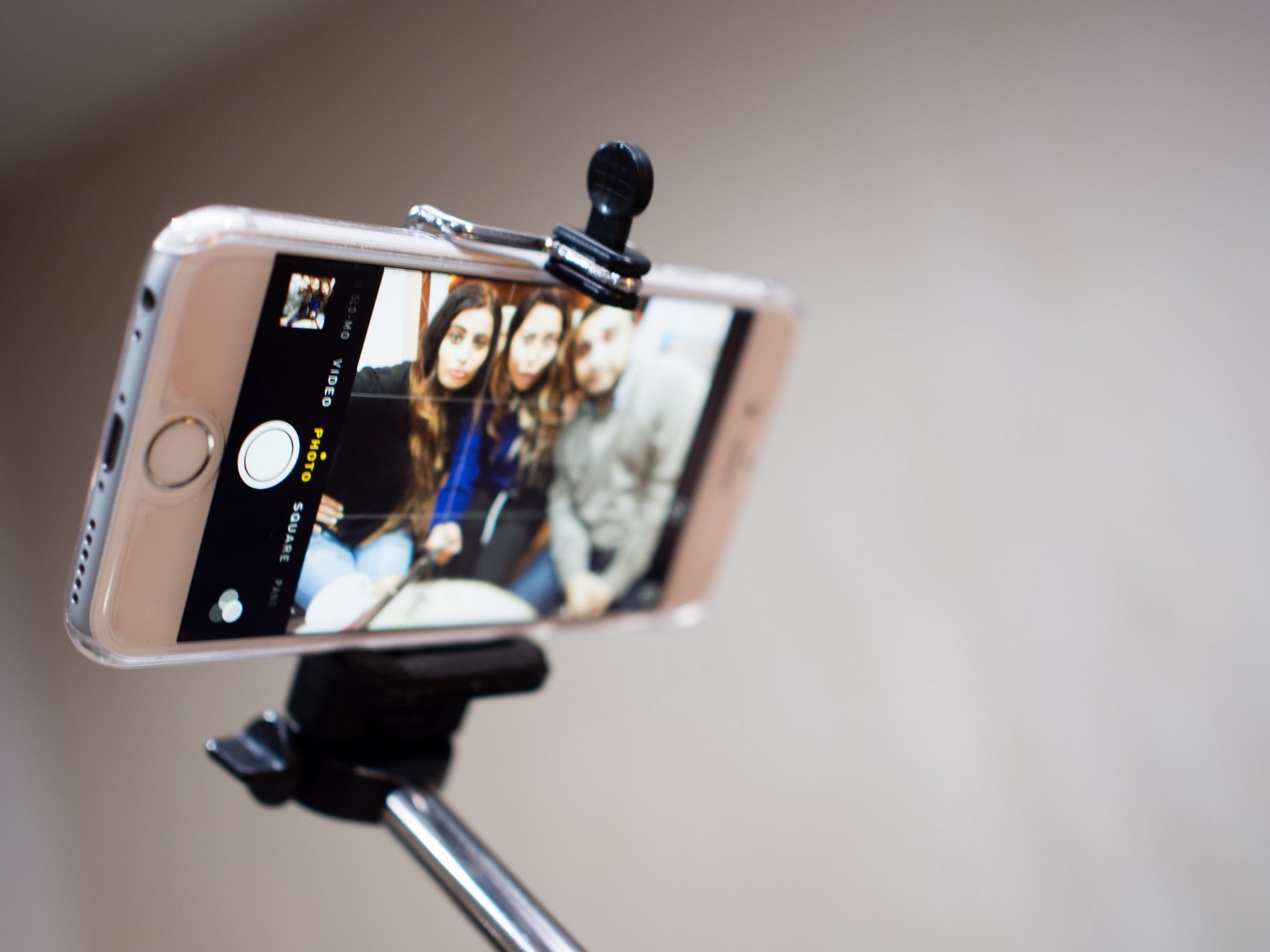
Maybe the fundamental insight in social psychology is that people adapt to the situations they’re placed in. Lunch with your boss brings out a different you than beers with your best friend, and so forth. Our personalities don’t just fit themselves to social situations though — it happens with technological ones, too. It explains why people can be so unlike themselves when they’re in front of a screen.
For one, as Derek Thompson notes in the Economist’s 1843 Magazine, our social accounts make us more self-centered. Thompson’s piece explains that we spend about a third of our in-person conversations talking about ourselves, but that figure jumps to 80 percent of the time when we’re online. The dramatic difference has to do with the nature of the medium: When face to face, people naturally sync their speech and movement together, and unless one of you is a terrible conversationalist, you’ll ask each other questions. But online it’s just you and the screen, so attention drifts selfward, as the brain is wont to do.
This is the difference between what Alixandra Barasch, now an assistant professor of marketing at New York University, refers to as “broadcasting,” where you’re communicating to the general many, and “narrowcasting,” where you’re speaking to a particular few. In a revealing 2014 study, her team asked participants to describe the ups and downs of a hypothetical day in a note to either one person or a group of people. In the one-person condition, people were self-deprecating and vulnerable (confiding that they met with a friend After a brief meeting with my mentor, which I was late for) while the group condition lead to bland positivity (I had a great weekend!). This is the “vanity of crowds,” Thompson says. When you’re sharing with the crowd on Instagram, you “airbrush out” disappointments to make your day “as enviable as possible.” Some teens have created an interesting work-around, keeping one Instagram (a “Finstagram”) for triple-chin selfies and another (a “Rinstagram”) for the standard highlight reel of sunsets and brunches.
While the Internet is a stage, it’s also something of a mask. As you may have seen from the rage that often takes over comments sections or Twitter conversations, many internet users exhibit what’s called the “online disinhibition effect.” They act over-sharey in ways they never would in person, like Kim Kardashian tweeting about how she’s “naked right now!!!” (it was 2009 and the world, evidently, needed to know). People can also be more aggressive online than they ever would be in person: A 2016 study found that the more college students felt emboldened by anonymity — as indicated by agreeing with statements like “Sending mean emails or text messages is easy to do because I am not face-to-face with the other person” — the more likely they were to engage in cyberbullying.
Different personalities are drawn to different social networks, too. As you might expect, research indicates that people who use Twitter lots are highly social, though it “may serve to increase levels of procrastination.” But sociability, when paired with emotional instability, predicts more time on Facebook use, possibly because the platform provides validation and social support. Dependency on tech shows itself in even more startling ways, too: People who crave their smartphones are more likely to feel phantom buzzes. All this serves to update an old saying: You are what you eat, and the technology you consume, too.
Originally published at journal.thriveglobal.com


